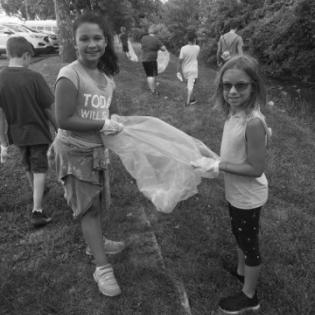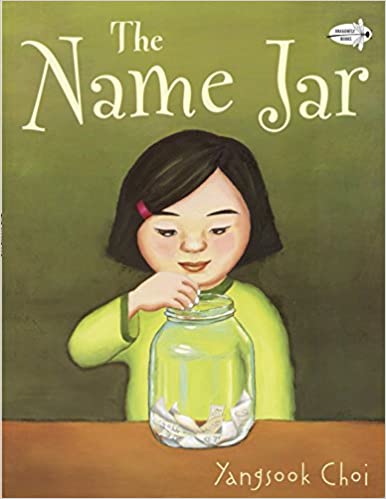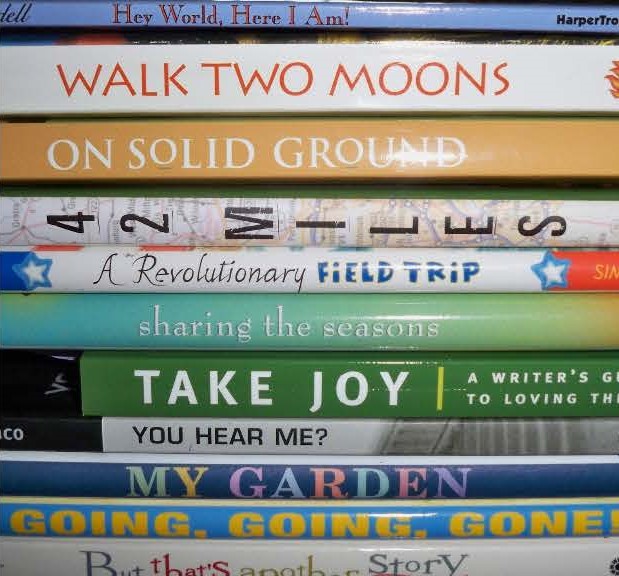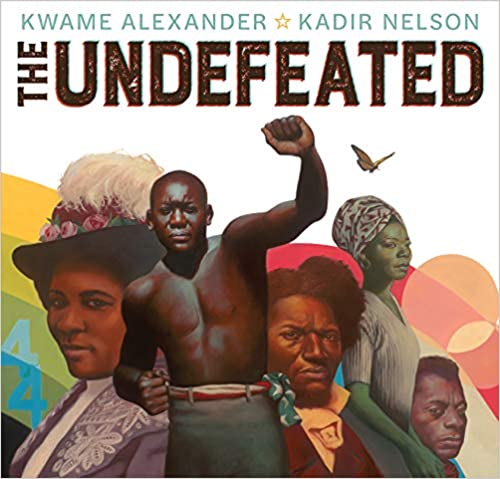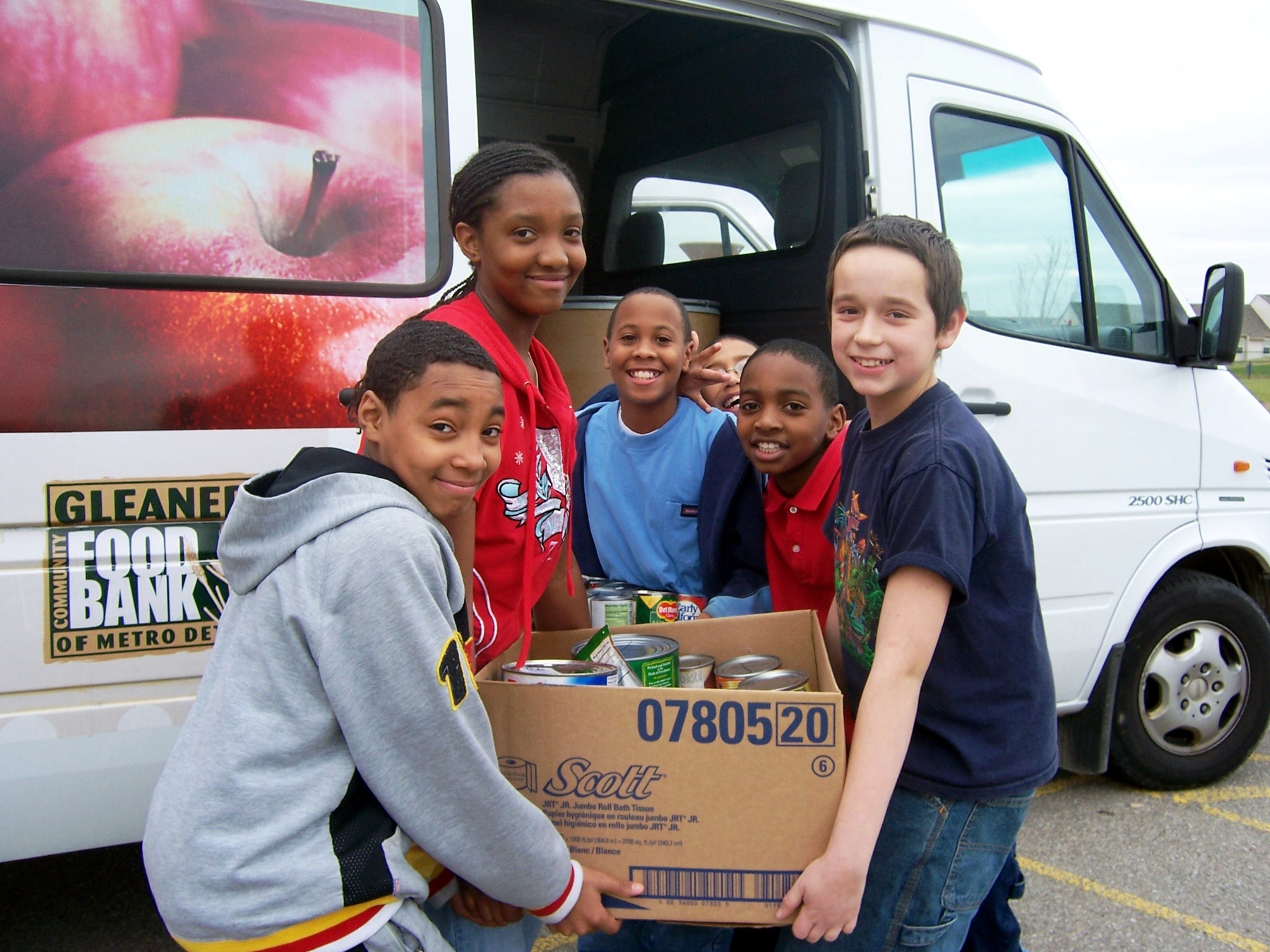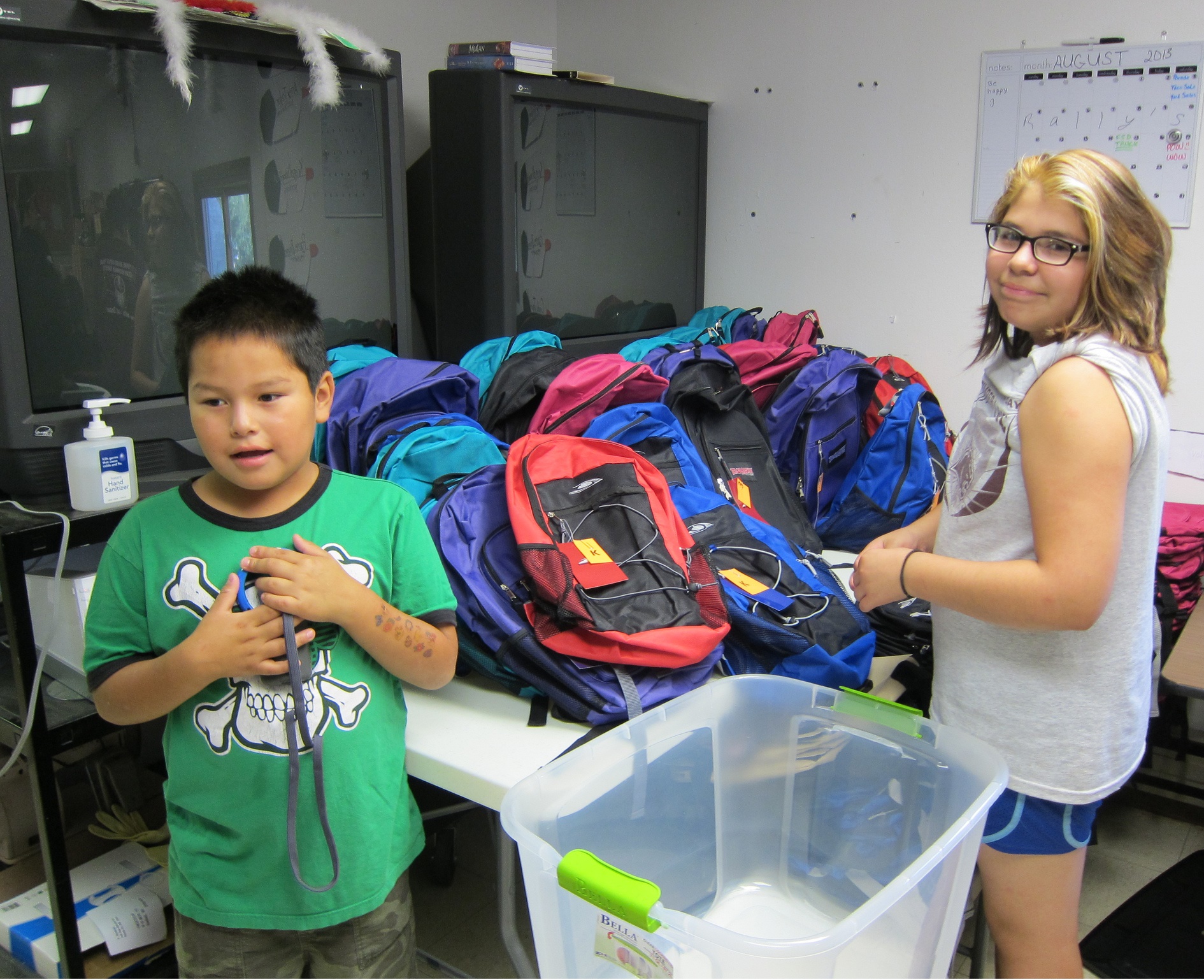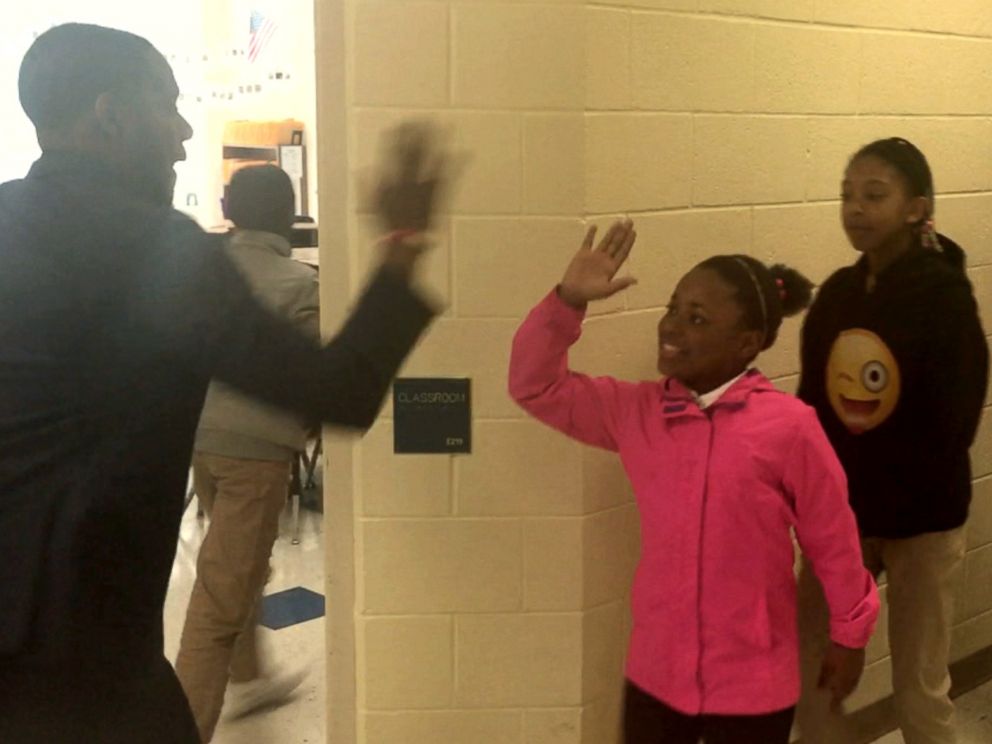Building a Caring Classroom Community
Resource Guide by Maureen Klein
Introduction
This resource guide includes video, literature guides, activities, and lessons that may be used individually or as a comprehensive unit. The discussions and lessons are intended to empower youth voice and guide them toward a service project of listening to someone's story through an interview and classroom reflection.
The two themes:
- building a caring community even though you may not be together
- raising awareness of social justice and our role as citizens of a diverse country
Part I: Class Meetings Build Community
Classrooms are communities. We start on the first day building trust, a sense of belonging, and a culture of communication and empathy so we can work together effectively for the benefit of all. Building a caring community in a time of division is the challenge this year. Our goal is to provide activities that engage hearts and minds through the best combinations of in person and technology. Begin by tapping into empathy and social responsibility. Find virtual engagement ideas in these Edutopia articles about virtual relationships, virtual participation, and classroom meeting activities, and in the Virtual Connection handout below.
Virtual Techniques for building community:
- Greet each child "at the door" (use Flipgrid, Seesaw, Google Classroom, or Screencastify).
- Try a variety of class meeting techniques and then use student feedback to create the most meaningful class meeting rituals.
- When school is conducted online, home becomes the classroom. Encourage families to create “classroom” rituals that begin and end their “at-home learning” time.
- Use video to connect briefly and often. You can model authenticity over perfection (it's okay to stumble) and encourage creativity in their response.
Part II: Begin with Books
Begin with a book to help students feel welcome in a new school/community. This book also supports the goal of building empathy and social emotional awareness.Read The Name Jar by Yangsook Choi. Choose from these three response options:
- Think, pair (using zoom breakout rooms), share responses to the prompt: What things help create a positive classroom community?
- Using the same prompt have students respond using Padlet.
- On a graphic organizer shaped like a jar copied from this link in Google Drawings, have students use words, pictures, or symbols to describe their identity.
- Talk about how learning to say Unhei's name was showing respect for her.
Book Spine Poetry
Students work together in small groups to create a poem out of books in their homes. Have each student find one book in their home that they like. Assign breakout rooms in Zoom (or other meeting app) and have students create a poem out of the titles of their books. Alternatively, this may be modified using food packages from the kitchen.- Browse many, many books and choose one or two that spark your interest or that speak to your heart.
- Find other book spines that complement your first choice. Don't edit yet; grab any spines that you think may work! Stop when you have 6-8 books.
- Start playing with combinations of spines, swapping and changing the order. Don't settle with your first try! Try putting your poems together like a puzzle and explore how changing the order changes the meaning of your poem.
- Read your poem aloud to yourself and to a partner. When it sounds right, snap a photo of your completed poem.
- Share the photo with the class or send it to your instructor who will make a slideshow of all of the book spine poems created.
More Books to Build Empathy and Social Justice
Read one or all of these books. Each has a literature guide to spark discussion and connection to the reading.
- Hey, Little Ant Literature Guide
- Just Ask Literature Guide
- Those Shoes Literature Guide
- Ruby Finds a Worry Literature Guide
- What Do You Do with a Chance? Literature Guide
- Teach Us Your Name Literature Guide
- Be You Literature Guide
- Books for promoting healthy racial identity development: The Conscious Kid
The Undefeated by Kwame Alexander
This book is a poem, telling the stories of Black Americans who persevered. This literature guide guides both the reading and response. This book also supports the goals of building empathy and social awareness.
Use Mindfulness Activities
Mindfulness activities can be used in synchronous and asynchronous settings.
Part III: Lesson Plans
Community Table-Community Ties
Link to Lesson
Students brainstorm community needs and how they may be addressed. They explore why taking action is good for the giver, the person receiving the gift, as well as the community. They make a plan and take action to address a community need related to hunger or homelessness. (Note: you can do this lesson virtually.)
Philanthropy Giants
Link to Lesson
The children research the businesses in their community who are engaged in acts of philanthropy and supporting the common good. This lesson explores community building beyond the school and classroom.
Building a Caring and Inclusive Classroom
Link to Lessons
In this unit of three lessons, we build a caring classroom culture using literature and movie clips to spark discussions. In lesson one students learn about mindfulness and gratitude to reduce anxiety. In lesson two, they learn how to listen, act, and show empathy in difficult situations. In lesson three, they explore how it feels to enter a new situation, like joining a classroom. The service project is about creating concrete steps students can take all year to show empathy and practice generosity.
Kids Can Make a Difference
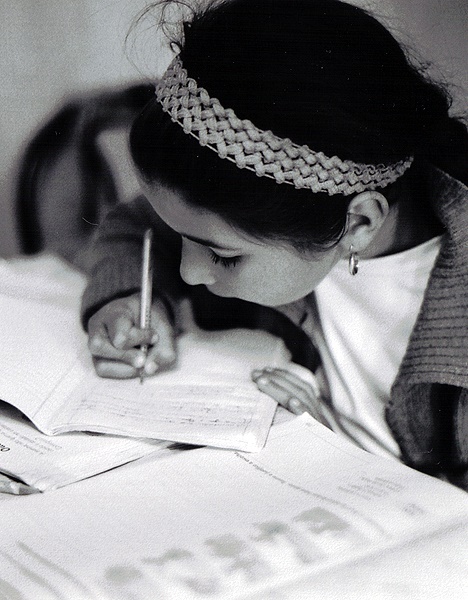 Link to Lesson
Link to Lesson
Students write letters to pen pals in a very different community from their own and develop a joint service project over long distance that benefits their own communities. (Can use email/google docs in lieu of physical mail). They build relationships with students or people of a different generation who are outside of their community.
Classroom Discussion Guide
When you plan to hold a virtual discussion, these strategies from Cult of Pedagogy have learners doing more thinking and talking than educators.
Part IV: Use Video Clips to Build Empathy
Empathy is a critical component in the social-emotional development of children. In order to foster a caring and inclusive classroom, empathy must be taught. Through the use of short video clips, students are able to engage in self-reflection and critical thinking.
To begin, ask students “What is empathy?” Most students will not be able to define empathy. This Sesame Street video clearly demonstrates empathy.
Questions
- What is the definition of empathy?
- How did Murray show empathy to Mark?
- Describe a time when a friend showed you empathy. How did you feel when your friend was empathetic?
Video as Homework or Virtual Discussion
Use videos on a weekly basis to promote conversation and self-reflection as a goal toward building empathy. The application Edupuzzle helps you create interactive prompts throughout the videos. Here’s an example.
Listen to Stories of Empathy
Prepare > Engage > Reflect and Act
This "Start Empathy" toolkit by Ashoka.org has many good activities to build empathy. If you only have time to do one, we recommend "This Student's Life" on pages 45-46.
Part V: Culminating Service Project
For this service activity, youth create their own oral history recording by interviewing an individual who they consider a generous leader. Youth will glean lessons from the interview and create a story that is worthwhile knowing. Follow the project directions to capture a story of someone you respect or a story of an exceptional person.
Watch the following StoryCorps video describing the Great Thanksgiving Listen. Or this audio of a granddaughter interviewing her grandfather.
When we listen with generosity, we are listening to the heart of the person who is telling their story. We show attention and respect for what they are saying and ask questions to learn more because we care about who they are. This service-learning project includes listening and sharing the story of someone who has demonstrated kindness and generosity.
Watch this What is Philanthropy? video to learn about ways to give that could help address big problems.
Discuss the connection between philanthropy and listening to stories of diverse people.
Homework and reflection This homework page guides interviews and refection (copy Listening as an act of philanthropy from Google Docs) - or print Homework handout below.
In-Person Reflection:
How did conducting the interview make you feel? Were there any responses to your questions that surprised you? If you conducted another StoryCorps interview, what questions would you ask again? What questions would you like to add to your interview?
